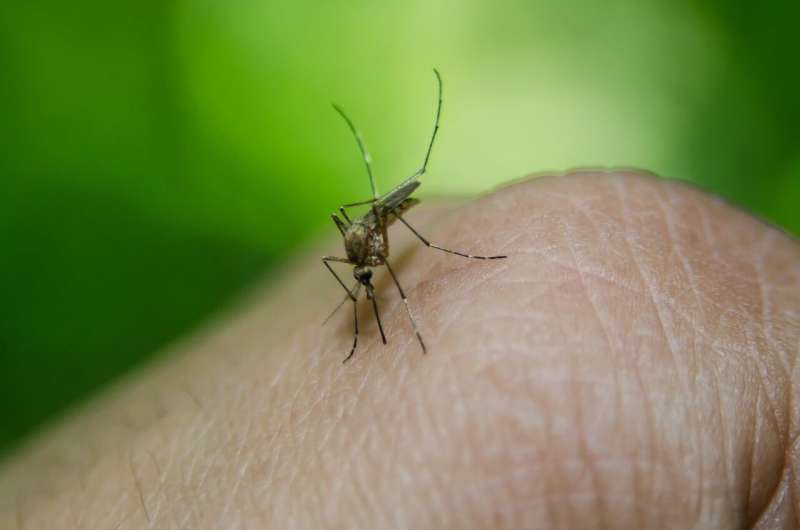Innovative mRNA Therapy Offers Hope for Heart Repair After Heart Attacks

A pioneering mRNA-based therapy targeting the PSAT1 gene shows promise in promoting heart repair after heart attacks, opening new possibilities for regenerative cardiovascular treatments.
Heart disease remains a leading cause of mortality worldwide, often resulting in irreversible damage to heart muscle cells, known as cardiomyocytes. Currently, treatments focus on managing symptoms rather than restoring damaged tissue, due to the limited regenerative capacity of the adult heart. However, groundbreaking research from Temple University's Lewis Katz School of Medicine has unveiled a novel approach to promote cardiac regeneration using synthetic mRNA technology.
In a recent study published in Theranostics, Dr. Raj Kishore and his team demonstrated that delivering a modified form of the gene PSAT1 via synthetic mRNA can activate regenerative signaling pathways in the adult heart. This gene, normally active during early development but dormant in adult tissues, was reactivated in mice immediately following a heart attack. The approach aimed to stimulate critical processes like cell survival, proliferation, and new blood vessel formation, essential for repairing damaged heart tissue.
The results were remarkable. Mice treated with PSAT1-modRNA exhibited enhanced cardiomyocyte proliferation, reduced scarring, increased angiogenesis, and improved overall heart function and survival rates. The underlying mechanism involved activation of the serine synthesis pathway (SSP), which reduces oxidative stress and DNA damage, thereby protecting cardiomyocytes. Further, the study highlighted that transcriptional regulation involving YAP1 leads to increased nuclear translocation of β-catenin, promoting cell cycle re-entry of heart cells. Inhibition of SSP pathways negated the therapeutic benefits, emphasizing its critical role.
This research highlights the potential of mRNA-based therapies, similar to those used in vaccine development, for regenerating damaged organs. Unlike viral vector therapies, modified mRNA does not integrate into the genome, lowering long-term risks. Dr. Kishore emphasized that activating PSAT1 through this technology could transform treatment strategies for ischemic heart disease by jumpstarting the heart's own regenerative processes.
Looking ahead, the team plans to validate safety and efficacy in larger animal models and optimize delivery methods to improve clinical translation. While still in preclinical stages, this innovative approach offers a promising avenue for not only treating heart failure but potentially preventing it by repairing heart tissue at its source.
Stay Updated with Mia's Feed
Get the latest health & wellness insights delivered straight to your inbox.
Related Articles
Innovative Molecular Technology Simultaneously Silences 'Undruggable' Cancer Genes and Targets Tumors
University of North Carolina researchers develop a dual-action molecular platform that silences two critical cancer genes, KRAS and MYC, while delivering drugs directly to tumors, offering hope for hard-to-treat cancers.
Persistent Challenges of Low Birthweight in Certain Indian States Despite Overall Decline
Despite overall progress in reducing low birthweight rates across India, certain states still experience high prevalence, highlighting ongoing maternal and neonatal health disparities.
Significant Advances in Pediatric Heart Transplant Survival in Nordic Countries
Research from Lund University shows significant improvements in survival rates for children undergoing heart transplants across the Nordic countries, driven by technological advances and better healthcare practices over nearly four decades.
First Likely Case of Locally Acquired Malaria in Washington State
A woman in Washington's Pierce County has been diagnosed with malaria without recent travel, marking the first possible local transmission in the state—a case that has health officials investigating the source.



